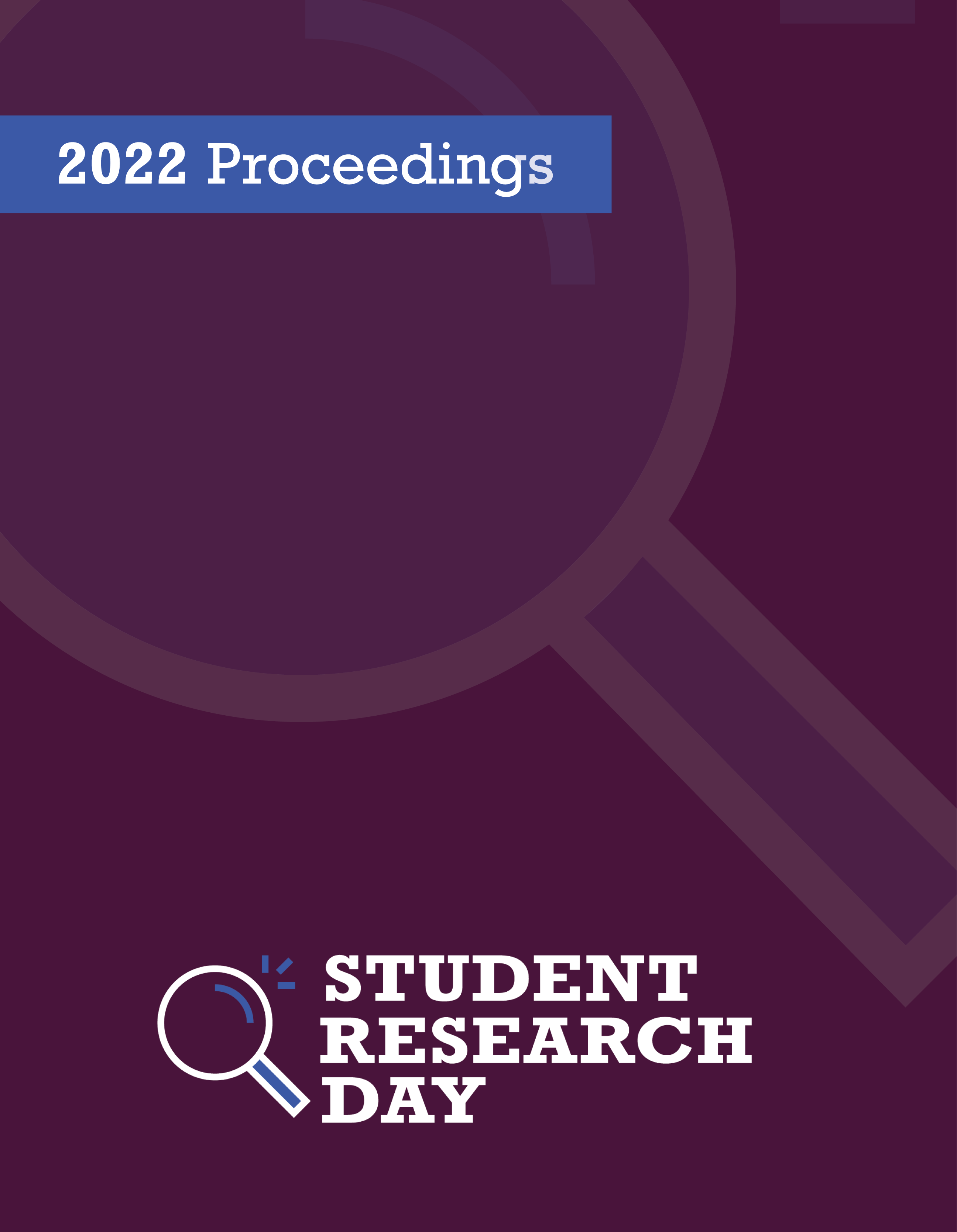Microplastics in Stormwater Ponds around Edmonton
Abstract
Microplastics are considered any particle of plastic that is under 5mm in size. These plastics pollute our environment and are harmful to the wildlife that inhabit it, as well as to us humans. Large quantities of microplastics enter environments through runoff in urban areas. Stormwater runoff ponds capture runoff after rain events and store it in until further released. More specifically, pollution (and how much of it) that ends up in stormwater ponds can serve as a great indicator to the actual amount of pollution in our environment. This study investigated the quantity and types of microplastics present in stormwater ponds from throughout the Edmonton area. Sample collection was done using a pump, placing it into the water, and filtering the water through a 53 micron filter, and then stored in jars, all taken from the year 2019. Extraction was carried out using enzyme digestion, coupled with density separation (via Potassium carbonate, K2CO3). Microplastics were quantified using nile red fluorescent staining. Raman spectroscopy was used to identify the types of plastics in the sample. This first of its kind study in Edmonton examines the quantity of microplastics found in these stormwater ponds, in and around the Edmonton area. As plastic consumption increases, this study aims to provide a scope as to how much plastic is in the environment around us.
Department: Physical Sciences
Faculty Mentor: Dr. Matthew Ross
Published
Issue
Section
License
Authors retain any and all existing copyright to works contributed to these proceedings.



